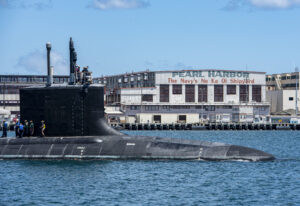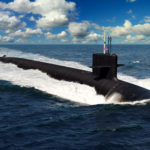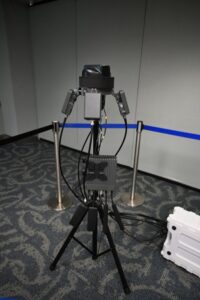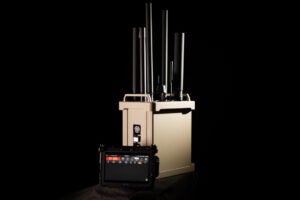
Sen. Sherrod Brown (D-Ohio) recently sent the Biden administration a letter urging it to direct funds from the recent national security supplemental law toward building submarine repair facilities in Ohio. Brown’s letter, addressed May 30, asks President Biden, Secretary of Defense Lloyd Austin and Secretary of the Navy Carlos Del Toro to take up the proposal pushed by Bartlett Maritime Corp. to create new submarine maintenance facilities in Ohio. “Through an investment in a Phase I contract, the Bartlett Maritime…

 By
By 











